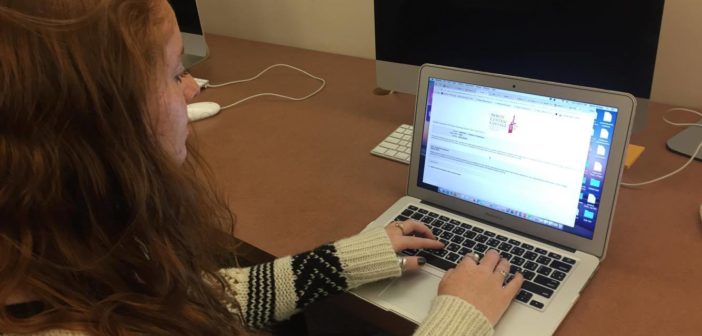It’s that time of the term; the time when students will take their time to fill out the evaluation forms for faculty members. However, one thing that’s different this academic year is that the evaluation forms are now online.
White, thick, and long evaluation forms are given out to students during week 10. Professors will usually give students 15 minutes to fill out the printed forms. However, now that the forms are online, this gives students two options: fill out the form during class or fill out the form in your own time.
Students like Natalie Stefka, a junior majoring in exercise science, believes that two factors — laziness and being too busy — will mean that students are less likely to take the time to fill out the forms.
“While this is true, those who have strong opinions about a professor might really take advantage of being able to fill out the form on their time instead of having to rush it through during class,” said Stefka.
Senior international student Uyen Lam believes that fewer students will make the effort to go online but to her, it really doesn’t matter.
“This term, I actually decided to take my time to fill the forms out because one of my classes is awesome and the other two are filled with mixed responses,” said Lam. “This is a good move for the college because they will have a better way to manage and store the information. It also lowers the amount of paper used for printing course evaluations.”
Now the big question is whether or not professors are still going to give them time to fill out the evaluation forms during class.
“Faculty members are encouraged to set a time; 15 minutes in class to get the forms done,” said Peter Barger, director of the Office of Institutional Effectiveness and Planning and also a professor of economics and finance.
Senior Spanish major Alexandria Corriveau expresses her views on a more sociological perspective to why online evaluations forms can be seen as problematic.
“The fact that students don’t have to do it means that the only students who are going to do it are the ones who care. So the data might be skewed, because it won’t be everyone with varying perspectives,” said Corriveau.

